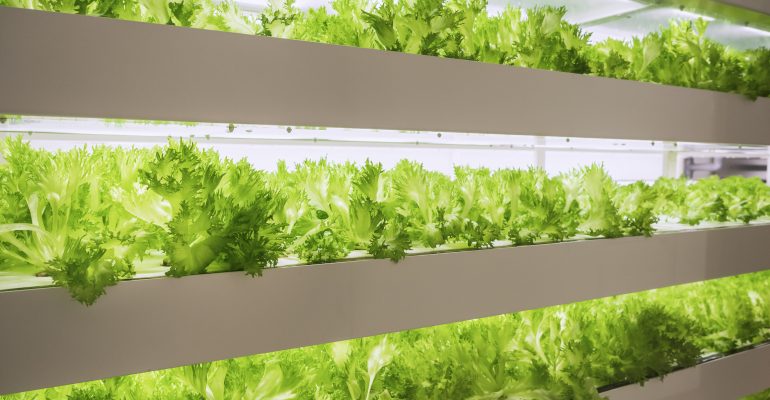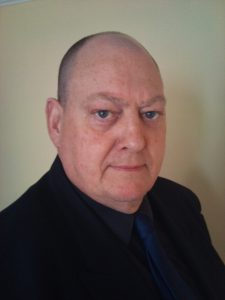Words by Peter Lane
I don’t think there is a farmer’s son on the planet that hasn’t thought: there must be an easier way to make a living.
I was no different- that is why, approximately 55 years ago, at the age of 10, I designed my first farm-engineering solution. And ever since leaving school in 1969, I have been in the electrical and controls industry in one form or another for 48 years.
I have worked as an engineer, site or project manager in near every industry since then from pharmaceutical and petrochem plants, to every form of power generation from nuclear to wind. I have worked on every kind of water treatment from sewage to ultra pure, on car plants and semiconductor plants, material handling, conveyors and sortation devices, to food and beverage plants in countries from as far apart as Azerbaijan and the USA, and most countries in between.
From all my experience over the years, I can safely say there is none more complex or fascinating as the controlled environment agriculture industry.
In the mid-1980s I designed what is now a typical rack-and-shelf system and I went to Wageningen to learn what I could about growing tomatoes. Sadly, in those days before the LED light, it simply wasn’t economically viable. In 2014, I once again looked at the viability of what we now call vertical farming and immediately realised that there are so many solution variations- there is no one size fits all.
What works in a developed country would not work in the developing world and vice-versa, so I produced various blueprints that could be used as a template for a site-specific design. These included designs that worked where technology and resources were limited but had abundant sun and low-cost labour; and high-tech systems that would be suitable for areas where funding was more readably available but where labour and energy costs were seriously damaging the economic viability of any production facility.
Blueprinting innovation in Controlled Environment Agriculture
After failing to get all the funding for a project in Canada, I came back to the UK and I have now set up a new company called CEA Research and Development. We now have a new office in Coventry and the role of the company is to build, test and evaluate various prototypes suitable for the industry. We are currently working on several projects including the building and evaluation of a DC bus system with a direct DC supply for the LED lighting and all the other equipment for a working plant.
A secondary role of the company is to set up a training facility in Wales suitable for hands on training technicians and future technicians and operators of high density vertical growing facilities that tackle the issues of visibility, accessibility and maintainability that has caused so many problems in the industry so far. The year long course will cover all aspects of designing, building and operating a CEA growing facility, including project management training.
I am looking forward to shaping the industry future as part of AVF
As of the 16th of December, this year I was honoured at the AVF Annual General Meeting to be nominated and elected as the new Vice Chairman of the AVF. My engineering experience, and the plant and growing expertise of my co-vice chairperson, I hope will be beneficial to all the AVF members in helping guide them in their ambitions to design, build and operate profitable and successful businesses. The AVF is currently going through changes and evolving to better serve its members, to promote the industry, and to become a centre of information and support for its members and the industry at large. 2019 looks to be the start of a new and exciting era for the AVF and the industry.



